
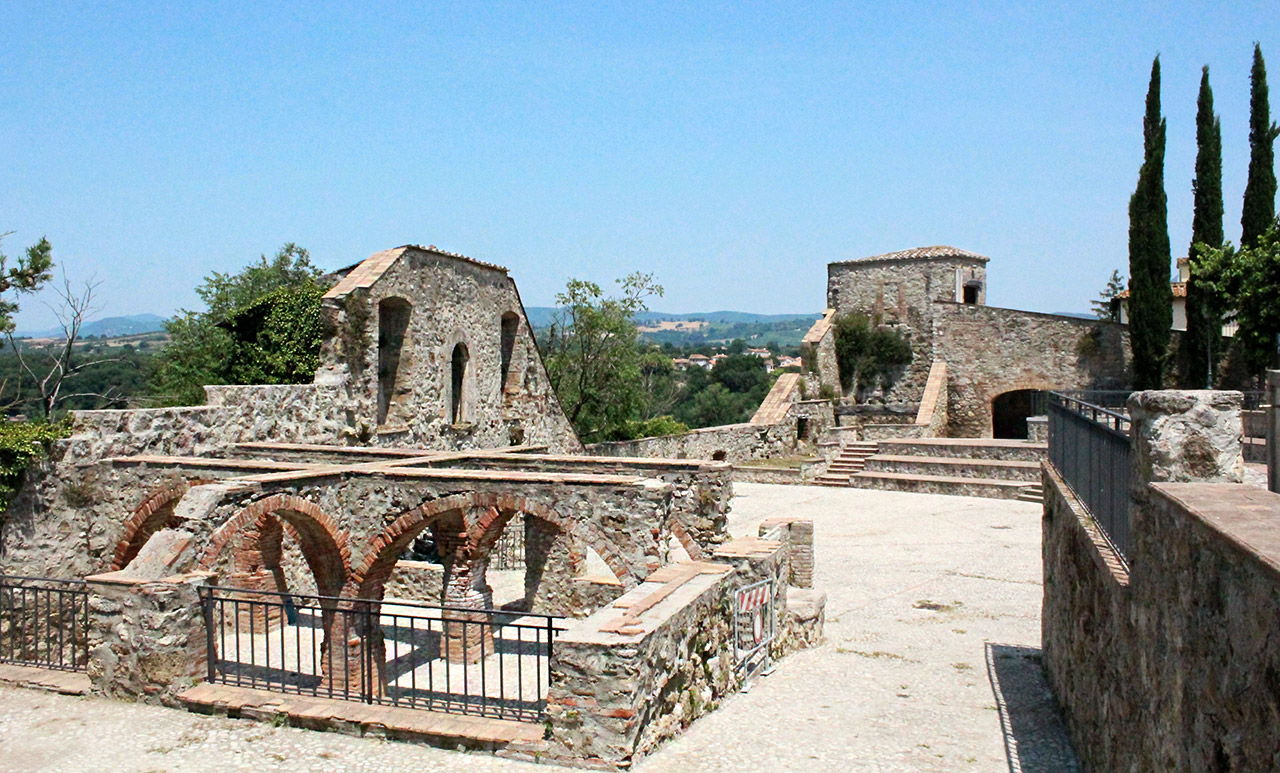
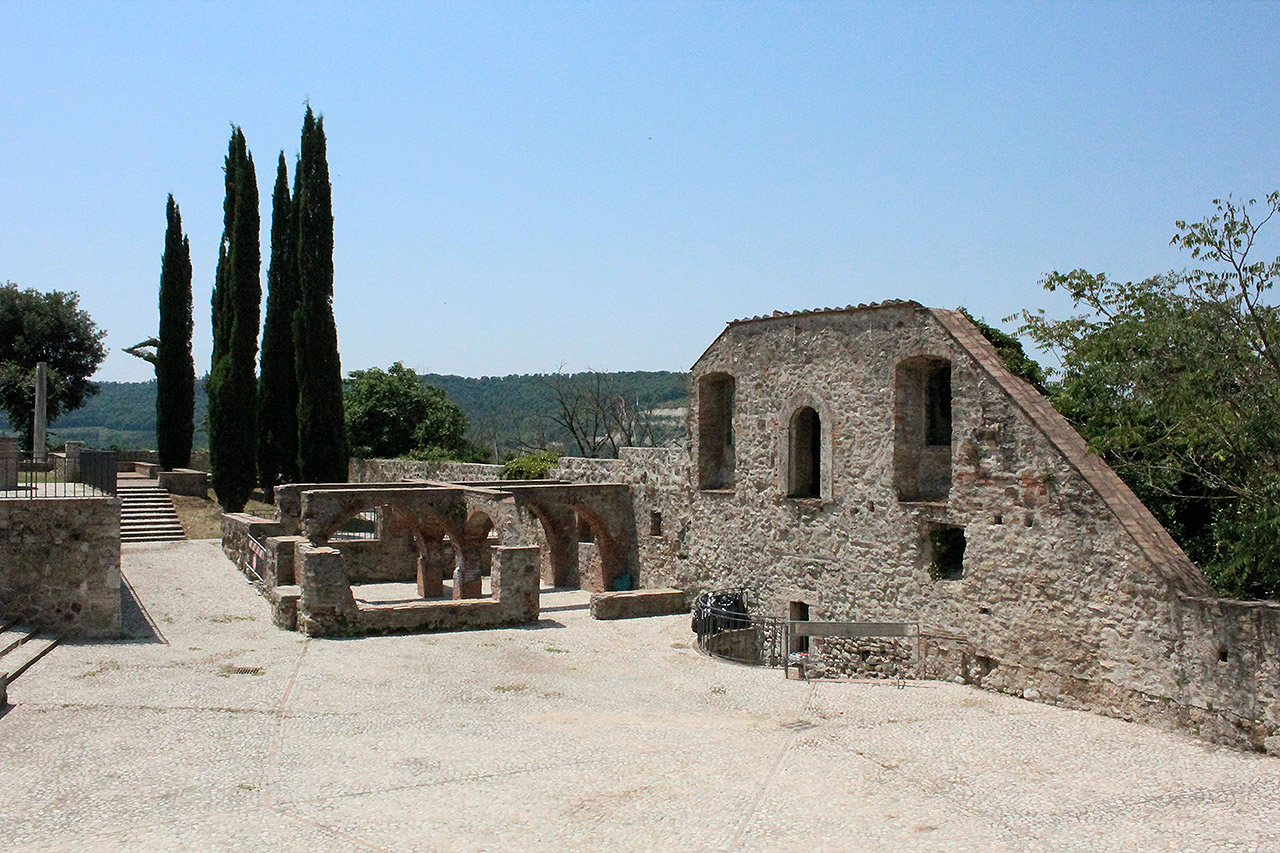


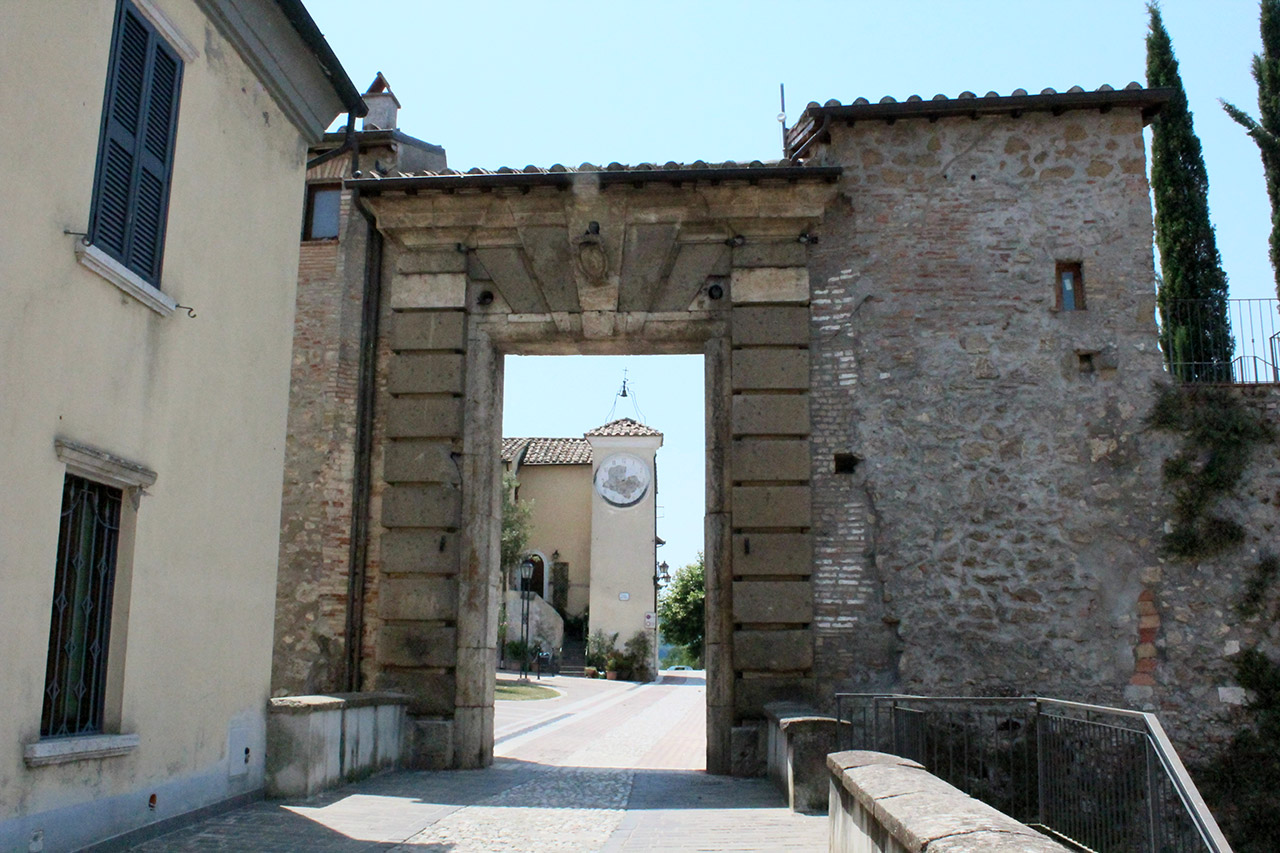
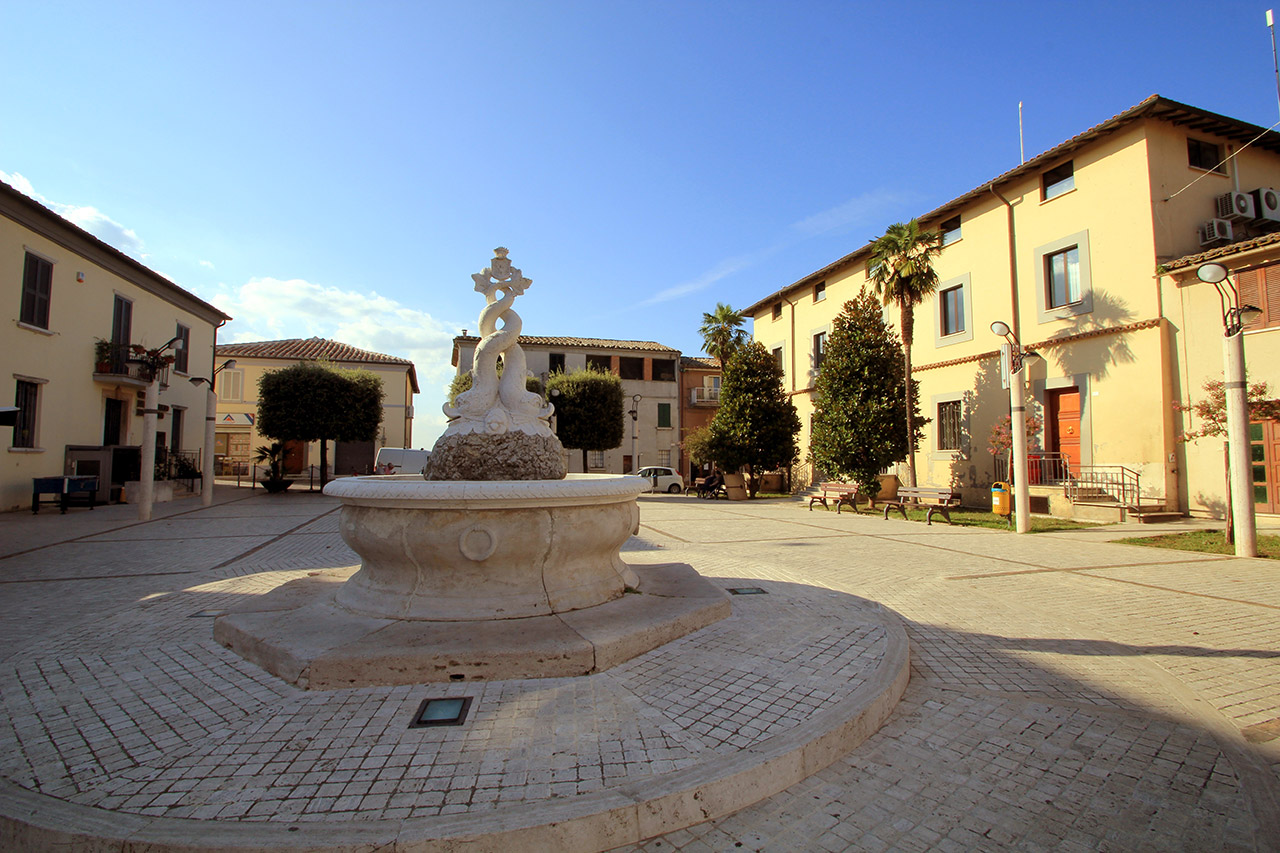
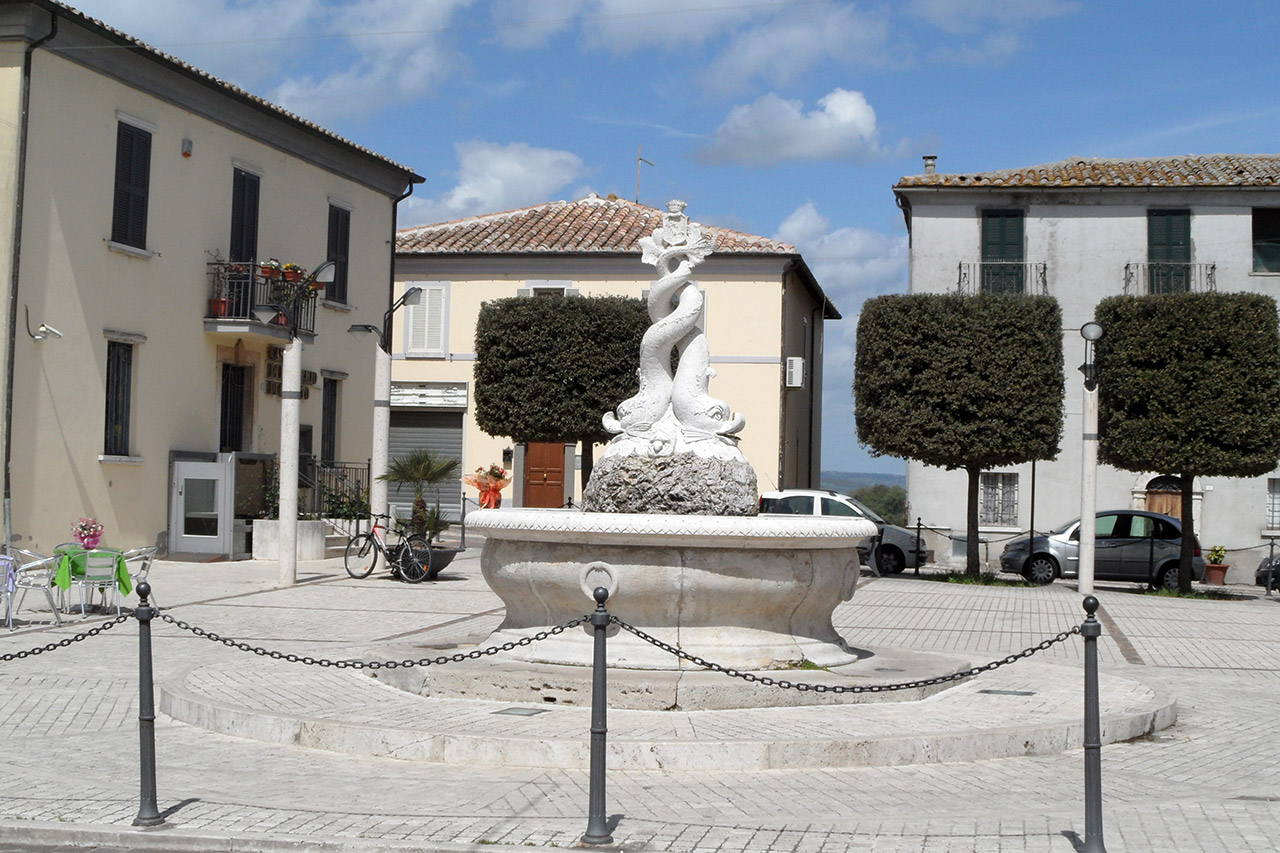
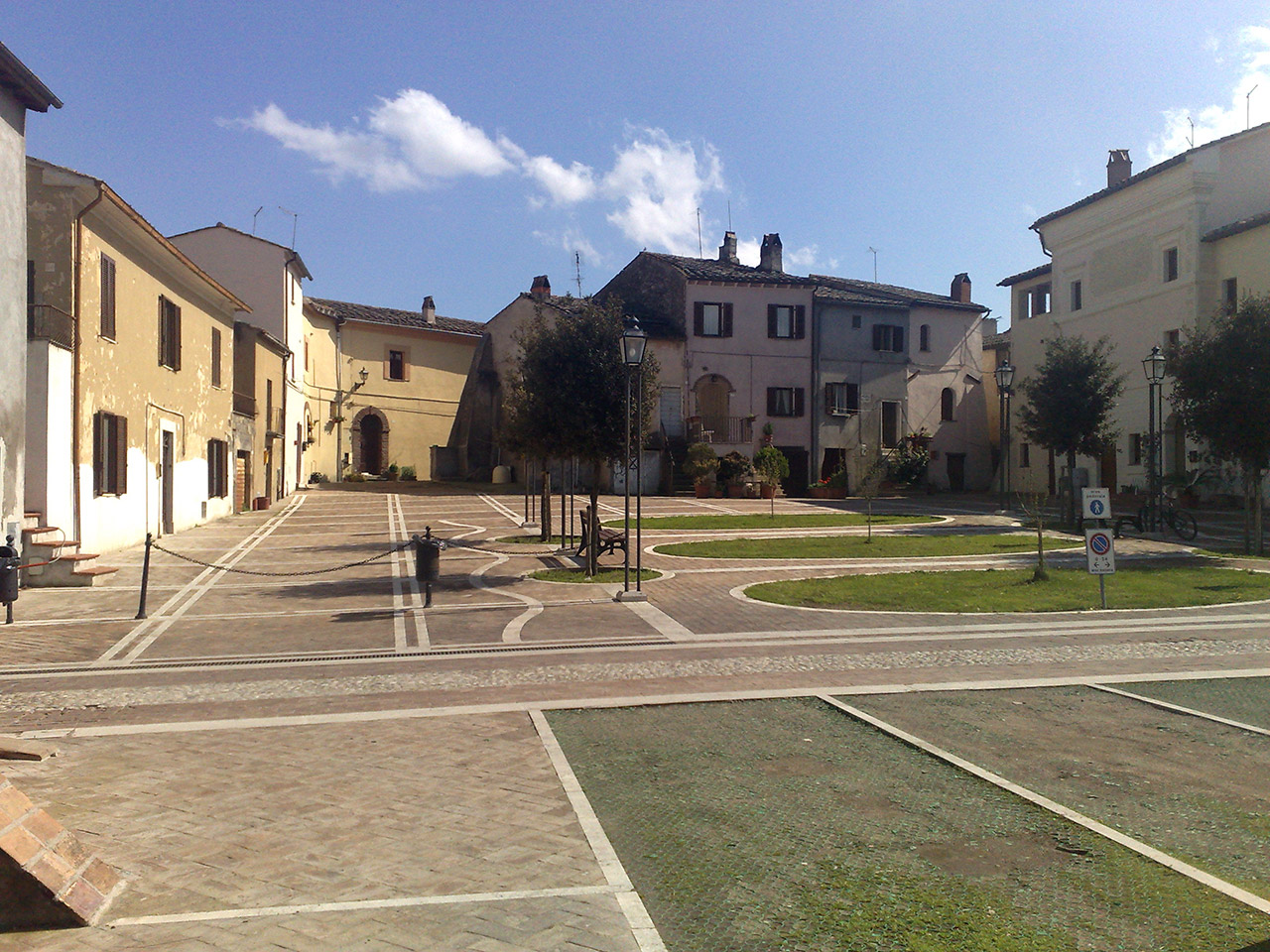

Attigliano, terrace on the Tiber valley
Above a ruined castle, below the river flowing to the eternal city



Where
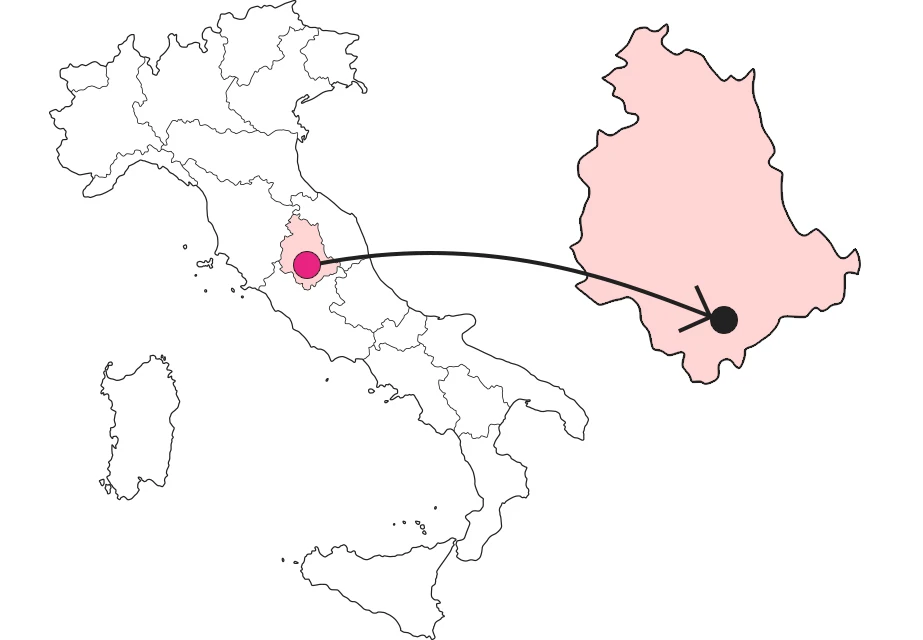
What it is and where it is
Attigliano is a small village in the province of Terni a few kilometers from the border with Lazio. Its current name seems to derive from the Latin attilius, linked to the presence of a forest of linden trees that once gave coolness to the inhabitants. Today it stands as a true natural terrace overlooking the Tiber Valley. On the central square, Piazza della Rocca, stands the bell tower with its unusual clock formed by 12 hours and a single hand, and in the center, the Dolphin Fountain, made in 1885 by Ramperto da Amelia with materials from the St. Eugenia Quarry.
Why it is special
The origins of the village are Etruscan, but the structures that today mark the oldest core of the village date back to the medieval period. Elements of great charm are certainly the remains of the castle of Attigliano: stretches of walls, some towers and the entrance portal. Looking at them, one finds oneself fantasizing about how it must have once been, a real fortress complete with moat and drawbridge. Soon, however, the eyes return to the present, and are guided all the way to the most scenic spur of rock, overlooking the valley furrowed by the Tiber.
Not to be missed
The Library Museum, Museum of Myths, Rites and Symbols, opened in 2020, is housed in a red building built at the beginning of the last century in Attigliano Scalo, a short distance from the train station. The museum holds some 10,000 volumes, along with a wide variety of paintings, tapestries and objects from all over the world, displayed here in lively dialogue with the books, which introduce us to alchemical secrets or shamanic culture or the most ancient Eastern rites.
A bit of history
The history of Attigliano is very dynamic: first it was in the hands of the Counts of Alviano, then it was involved in the wars of Todi, a city that maintained possession of the castle of Attigliano until the sixteenth century. Dominion of the castrum then passed to the Alviano family and later to Pope Paul III Farnese. From there it triggered a passage to numerous eminent families of the time, until the Unification of Italy, when Attigliano finally became an autonomous municipality.
Curiosities
Although the historic center no longer retains evidence of older times, it is easy to come across clearly visible historical relics in the surroundings of the village: tombs and crypts dug into the tuffaceous rock that testify to the passage of Etruscan civilization in the area.
Enter the Map of Italy's Undiscovered Wonders and find treasures where you least expect it... Inspire, Recommend, Share...
Contacts
The Map thanks:
In the Community
Enter the Map of Italy's Undiscovered Wonders and find treasures where you least expect it... Inspire, Recommend, Share...
Where

Contacts

